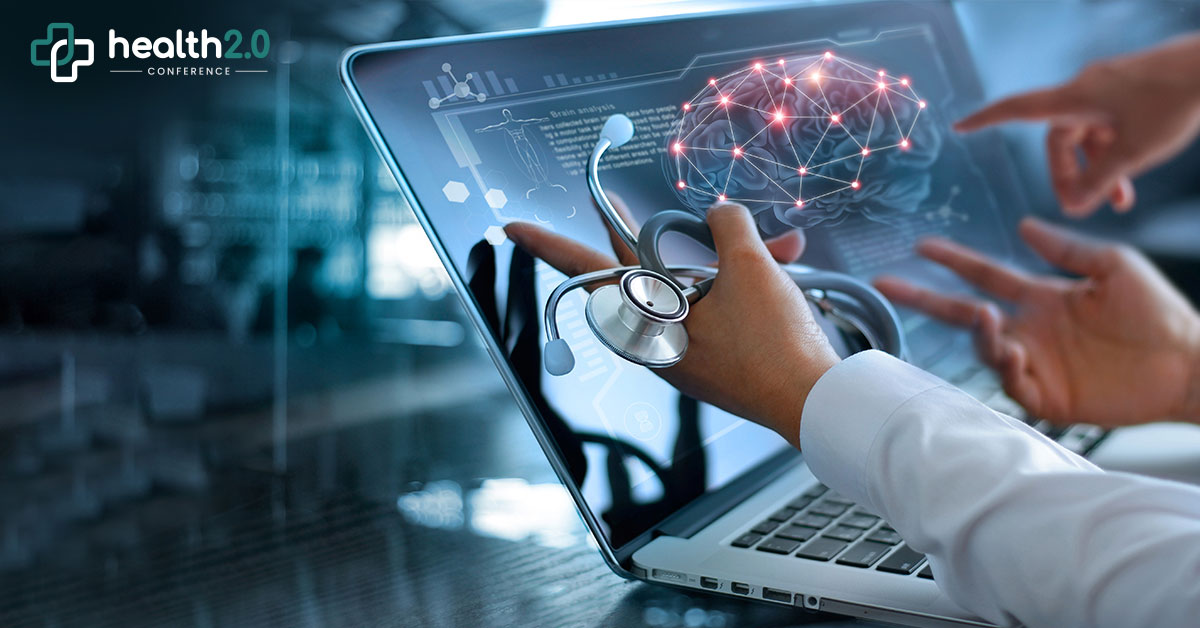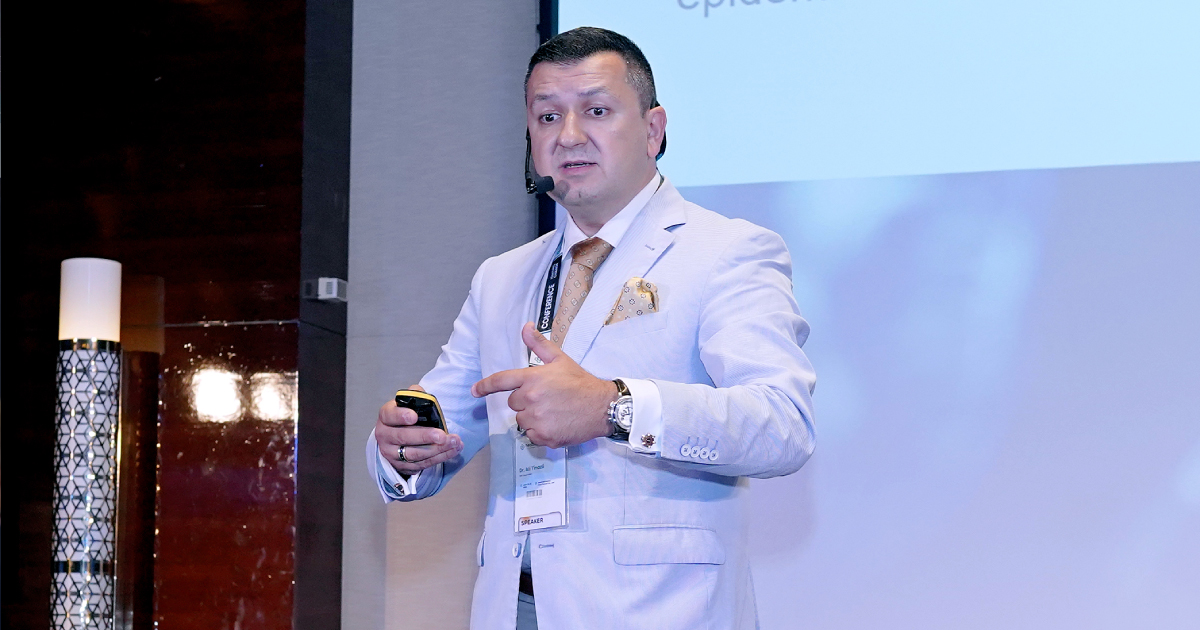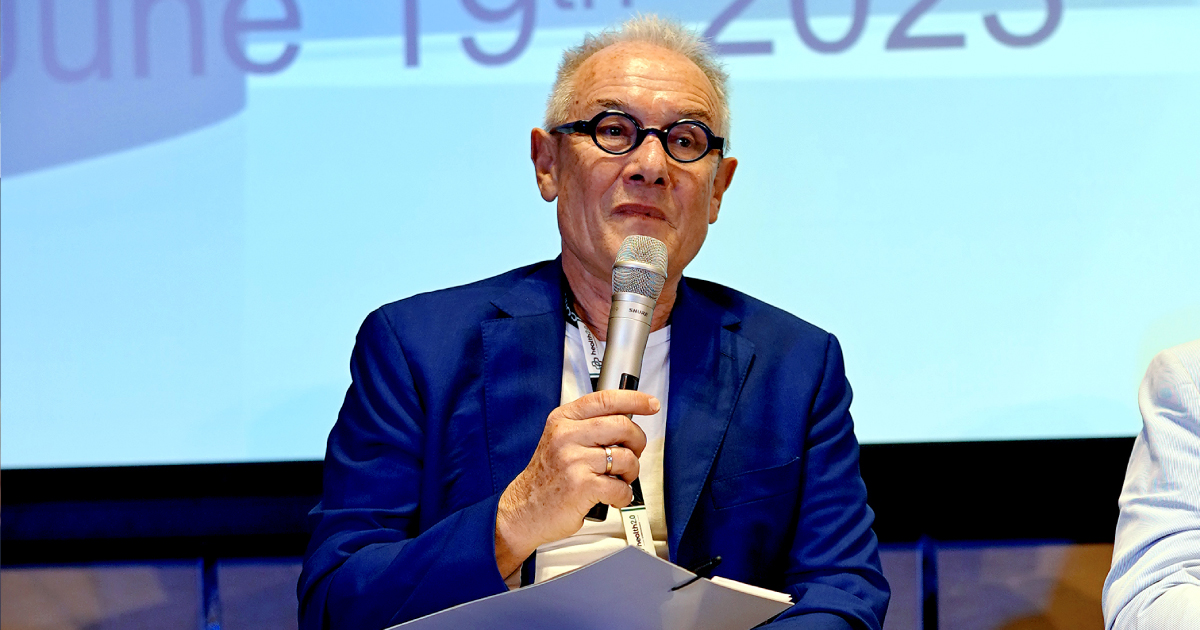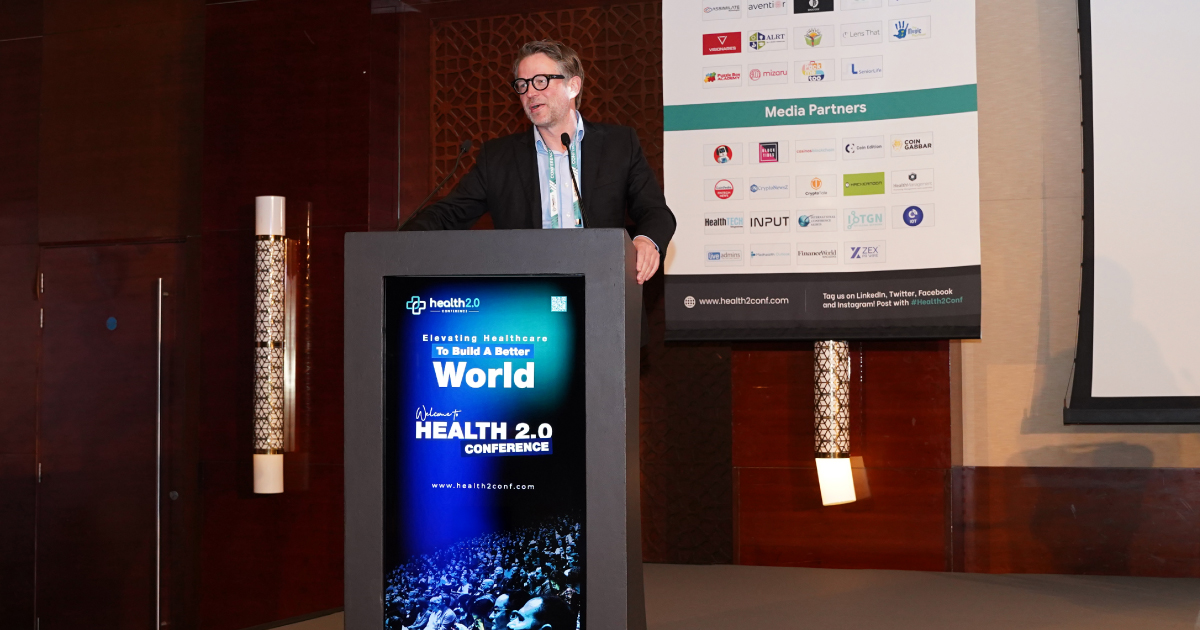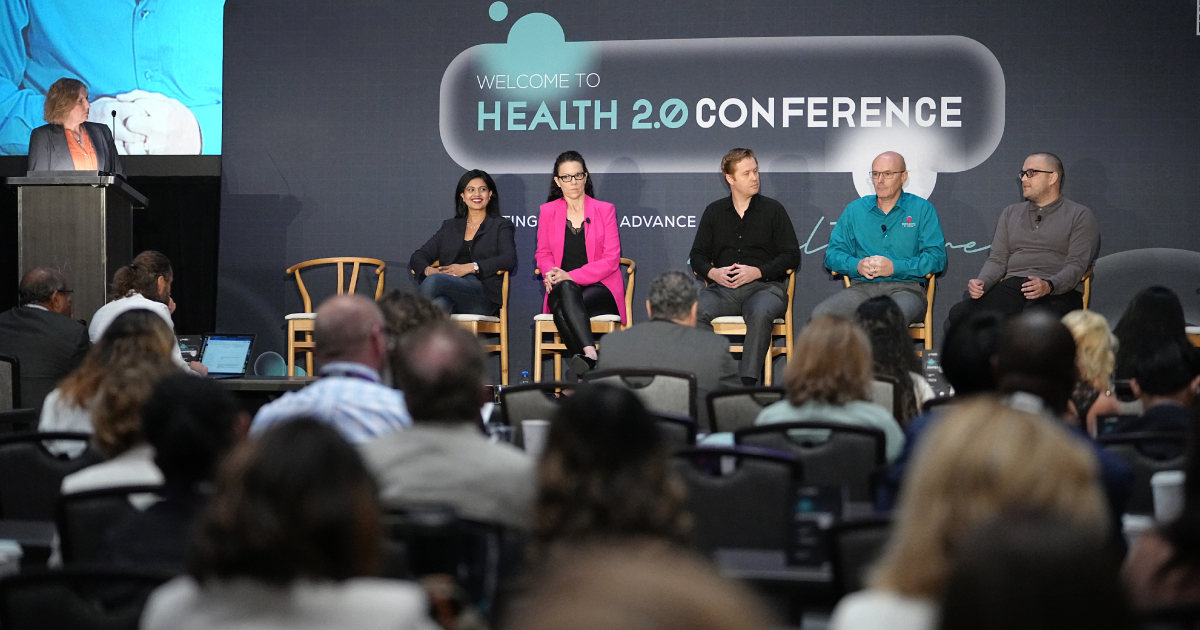Technology has made inroads into our healthcare system, especially after the global health crisis brought on by the 2020 pandemic. While it had always been an integral part of the healthcare sector, the pandemic made digital adoption a dire necessity.
In the past few months, we have noticed that technology can not only enhance communication between each and every concerned entity in the healthcare chain — from patients, doctors, hospital administrators, MedTech suppliers to insurers and drug developers — but it also enhances patient outcomes and lessens the workload of our overburdened healthcare providers.
Here are the ways through which tech has helped ensure the well-being of patients while making healthcare organizations profitable and more efficient:
Promotes faster information exchange
Now, a specialist in one part of the world can be consulted by a surgeon in a different corner for advice and guidance during critical surgeries. This leads to the seamless flow of clinical information and research and also plays a huge role in boosting patient outcomes.
But that’s not all. Now, the potential of artificial intelligence and machine learning can be harnessed to assess a patient's medical records within a few seconds during medical emergencies. This can have life-saving consequences as the healthcare provider will get to know about the patient’s physical and mental health in a short span of time.
Reduces chances of surgical and medication mistakes
With the help of surgical robots, alarm management systems that inform the surgical team that the primary surgeon is fatigued as well as AR tools for training, hospitals can greatly lower the likelihood of surgical errors that put patients at risk. Robots, in particular, are making surgeries more controlled, less painful, and precise. This can reduce the chances of readmissions and also lead to faster healing.
Medication error is a serious issue that’s caused by mistakes caused in professional practice, during the prescription filling or dispensing process. While causing patient harm, it can also lead to legal troubles. Thankfully, with electronic prescribing systems and barcode technology, medication errors have witnessed a substantial decrease.
Telehealth services ensure accessibility
With telehealth and wearable tech going mainstream, doctors can now remotely monitor the health of patients to ensure their safety and comfort. As you are aware, patients also have to spend a substantial amount of money and time to seek out healthcare services. However, now, they can get in touch with a specialist with the help of a cell phone, thanks to the adoption of mHealth by care providers and hospitals. Because of this, individuals living in underserved communities can also access quality care at affordable prices.
Technology has undoubtedly played a crucial part in creating an environment that supports patient-centric care. To be updated on the latest tools and technologies making waves in the healthcare and pharma space, attend post-COVID healthcare conferences in the USA, such as the Health 2.0 Conference. Here, MedTech experts will showcase the latest advancements and also talk about tools that have the potential to revolutionize patient care as we know it.



